The 2014 World Cup in Brazil was announced with the German team winning the World Cup. The World Cup was famous for the "greenest" World Cup. The low-carbon environment was the ultimate, and it was particularly commendable that many venues in this World Cup were The use of solar photovoltaic power generation systems, and the large installed capacity is also amazing. It can be seen that the concept of environmental protection has become one of the goals that all major sports events in the world are competing to pursue. Then what stadiums in the world have large-scale assembly of solar photovoltaic power generation systems? The following brings you the world’s eight coolest stadiums that use photovoltaic power generation.
NO.1 Brazilian National Stadium
The National Stadium of Brazil, formerly known as the Garrincha Stadium, was built in 1974 and can accommodate 45,200 people. It was rebuilt in preparation for the 2014 World Cup in Brazil. It was renamed the National Stadium of Brazil in 2010 and is now the second largest stadium in Brazil. It can actually accommodate audience 68009. name. The rebuilt Brazilian National Stadium has a new appearance, metal ceilings and stands, and lower venues, making each seat accessible. The solar installation capacity of the National Stadium in Brazil is even more striking. It amounts to 2.5MW, which is the highest in the world.

Brazilian National Stadium
After the World Cup, the stadium will be used for concerts and major cultural events. During the Brazil World Cup, the stadium will undertake seven matches, including four group matches, a 1/16 final, a 1/8 final, and 3 or 4 finals. It is worth mentioning that in the 2014 Brazil World Cup runner-up match, it started here, but it is regrettable that the Brazilian national team lost again and lost three goals. Eventually the Netherlands won the third place and the Brazilian team shed tears at the National Stadium.
NO.2 Mineiro Stadium
Mineiro Stadium is officially known as the Magellan Espinto Governors Stadium. It is the largest football stadium in Brazil's Minas Gerais State, and is also the nation’s largest football stadium in Belo Horizonte.
Mineiro Stadium was designed by the late Brazilian designer Oscar Niemeyer in 1965 and was later assessed by Brazil as a cultural heritage. Given its special status, how to improve its function and design without affecting the original appearance, it also caused the renovation team to exhaust their thoughts. It eventually took nearly three years and cost about US$350 million. It was completed at the end of 2012. engineering.
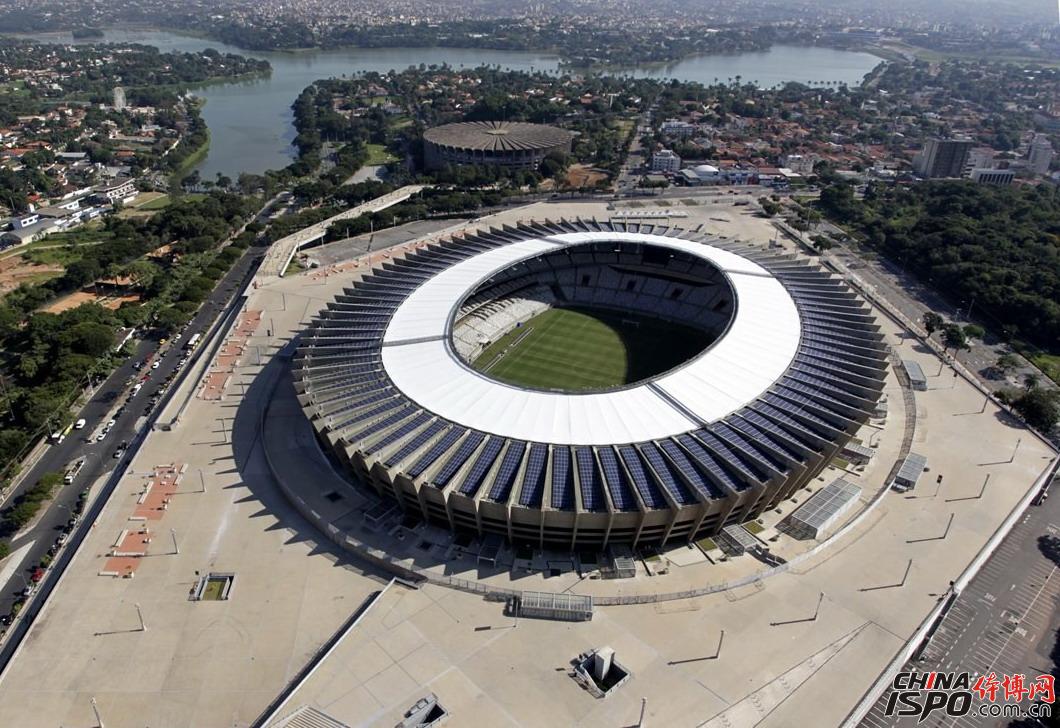
Mineiro Stadium
After renovation, the stadium can accommodate about 60,000 spectators. The stadium is the main stadium for the 2014 World Cup, and it is also the venue for the 2013 Confederations Cup and the 2016 Summer Olympics. From this stadium, there are football superstars such as Ronaldo, Torsten, Renaldo and Dario.
Adhering to the purpose of the “Green World Cup†in Brazil in 2014, the stadium has installed a 1.4 MW roof photovoltaic system in 2013. It is built by Portuguese photovoltaic developer Martifer Solar and can provide green power of 1.4 million kWh per year.
NO.3 Van Cove Stadium
The Van Cove stadium was also translated into the Swiss Capital Stadium and is located in the Swiss capital of Bern. The Van Der Dorf Stadium is a legendary stadium. In 1954, the West Germany defeated the Hungarian team, who was the only player in the world, and won the World Cup championship. It created the "Bern" miracle that will carry the history books. The post-war German people have great faith in rebuilding their homes. After witnessing a series of major events, Van Der Dordorf Stadium was rebuilt in 2001 and replaced by a modern stadium that can accommodate 30,000 people at the same time. In 2007, the stadium’s solar energy equipment was installed and equipped with 7,930 solar modules provided by Kyocera. The total installed capacity is 1.3MW, and it can generate 1 megawatt-hour of electricity each year.
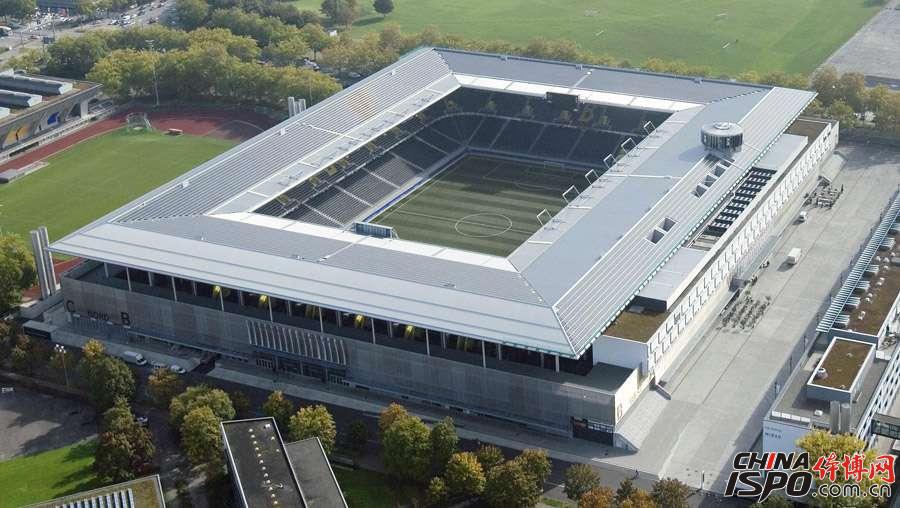
Van Der Dorf Stadium
The Van Der Dorf Stadium is also home to the old Bernese Boys team in Switzerland. He once hosted the three matches between Netherlands, Italy, France, and Romania in the “Group of Deathsâ€.
NO.4 Dragon Stadium
Longteng Stadium, formerly known as the World Games Main Stadium, is a comprehensive sports stadium in Kaohsiung, Taiwan Province of China. It is also the largest stadium in Taiwan Province and was originally planned for Kaohsiung City to host an international sports competition and host the 2009 World Games.
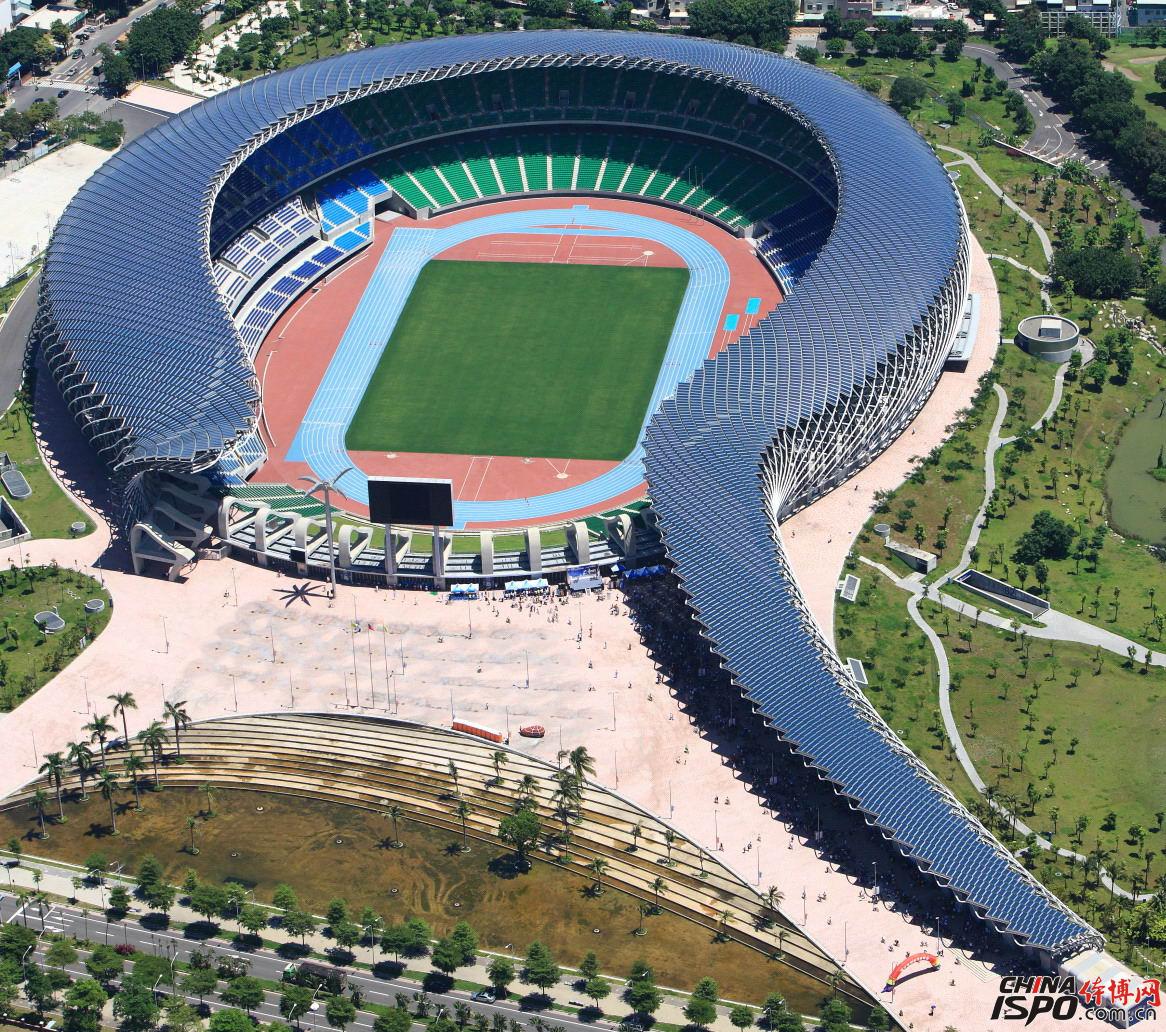
Dragon Stadium
Longteng Stadium is an open playground and is the world’s first stadium with openings. It has 40,350 seats and is internationally recognized by the International AAIA (IAAF) Level 1 certification standard and the International Association of Athletics Federation (IAAF) Level 1 construction standards. Sports venues, the opening and closing ceremonies of the 2009 World Games were held at this venue. The theme of the Dragon Stadium is dragons. The twists and turns are like a crawling dragon. The 8844 solar panels on the roof of the stadium form a glittering scale on the dragon's body. With a total installed capacity of 1MW, the Dragon Stadium is the world’s first fully solar-powered sports venue. Open stadium, no air conditioning, natural ventilation. When the stadium is idle, 85% of the electricity can be delivered to the surroundings.
NO.5 Pernambuco Stadium
The Pernambuco Stadium is located in Recife, Brazil. Construction began in October 2010 for a period of 30 months. It was finally delivered in May 2013. It is one of the six stadiums hosted by the Confederations Cup in 2013 and is also the 2014 World Cup in Brazil. One of the 12 stadiums will host four of the 64 games during the World Cup. The stadium has a capacity of 46160 people. In October 2011, it reached an agreement with Recife Maritime Club.
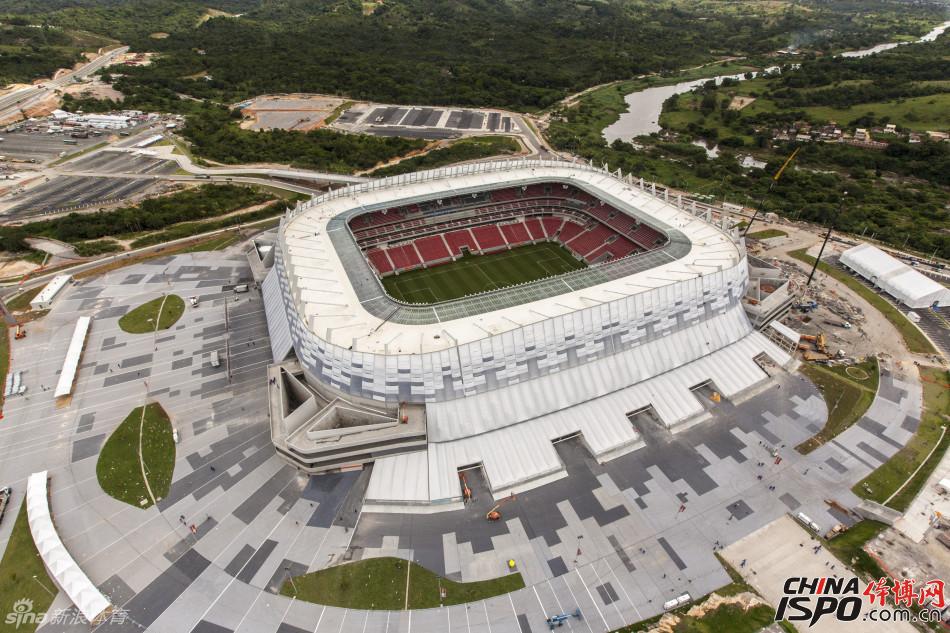
Pernambuco Stadium
The Pernambuco Stadium adopts a solar photovoltaic power generation system produced by China's Yingli Solar, a photovoltaic company in China, with a total installed capacity of 1 MW. It is also the first photovoltaic power station in Pernambuco, Brazil, with an annual power generation of 1.5 million kWh, equivalent to 6000 The Brazilian’s annual electricity consumption can meet 30% of the stadium’s electricity demand. When the stadium is closed, the electricity generated by the project will be integrated into the local grid.
NO.6 Kaiserslautern Football Stadium
Kaiserslautern is also translated as Kaiserslautern. The Kaiserslautern stadium is located in the centre of Kaiserslautern, Germany. Built in 1920, it is home to the Kaiserslautern club of the Bundesliga. Since Kaiserslautern is a city in the forest, the course is on a 40-meter-high sandstone hill. In the course of decades of development, the Kaiserslautern Stadium has continued to expand. In order to welcome the 2006 World Cup in Germany, Kaiserslautern has been remodeled. After the renovation, there are a total of 41,513 seats seated in the stadium, capable of accommodating 41,170 spectators.

Kaiserslautern Stadium
The Kaiserslautern stadium is a legendary stadium. In the Bundesliga 1997-1998 season, the Kaiserslautern club was led by Rehhagel and won as a newly promoted horse at Kaiserslautern. Bundesliga Champions, who wrote the legend of European football.
At the time of the 2006 World Cup in Germany, the Kaiserslautern Stadium was completely renovated. The top of the stadium was equipped with a solar photovoltaic power generation system produced by China Yingli Group, with a total installed capacity of 1MW.
NO.7 Maracana Stadium
Maracana Stadium, officially known as Mario Ferrao Sports Ground, is a multi-purpose sports field located in Rio de Janeiro, Brazil that can accommodate 200,000 spectators. The stadium was built for the 1950 World Cup and was held outside the 1950 World Cup finals. It will also serve as a venue for the 2013 Confederations Cup and the 2014 World Cup, and is the second ever to host two World Cup finals. In addition to being the venue for the 2007 Pan American Games, the stadium is also the opening ceremony of the Rio 2016 Olympic Games and football stadiums. It is widely recognized as the largest football stadium in the world.
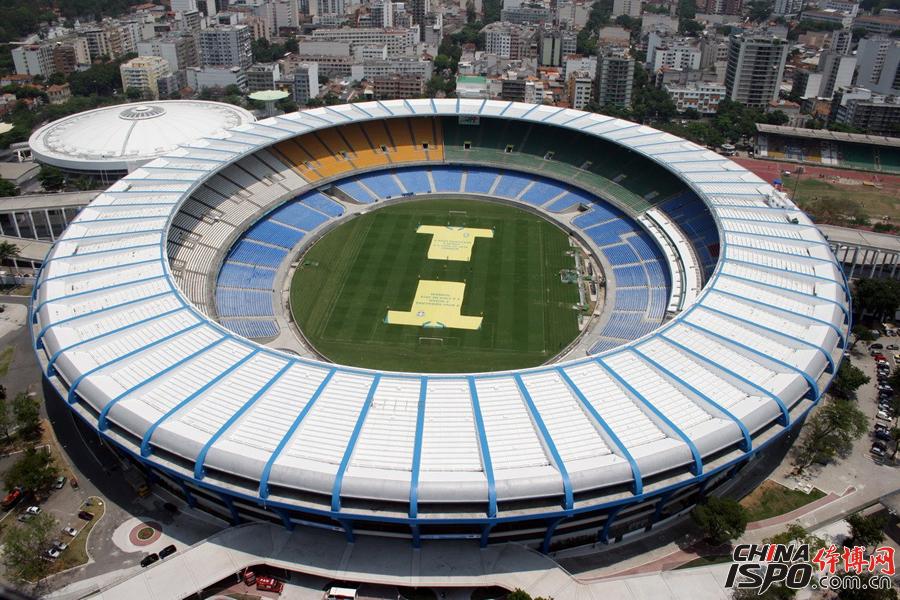
Maracana Stadium
Maracana Stadium has long been regarded by many fans as the iconic stadium in the world of football. In 1950 Brazil played against the Uruguay World Cup final at Maracana Stadium. Nearly 200,000 people came to the scene to watch the match. This is also the most popular football match in the stadium. The stadium started construction in 1948 and was completed in 1950. If Brazilian football is the crown, the Maracana Stadium in Rio de Janeiro will be the crown jewel in the crown. In the absence of an international competition, the Maracana Stadium was home to the flamenco and Fluminense teams of the two local Rio teams.
The Maracana Stadium has been rebuilt since 2011, and its capacity has dropped from 200,000 people to 82,000. Due to the test of the Confederations Cup in 2013, the surrounding facilities of the Maracana Stadium have been perfected, and parking lots, bus stations, and subway stations are readily available. In response to the slogan of the 2014 World Cup for the World Cup in Brazil, Maracana Stadium introduced a solar photovoltaic module power generation system produced by Yingli, China, with an installed capacity of 400 KW.
Maracana Stadium hosted the 1950 World Cup finals, and it held a total of eight World Cup finals in history. It is worth mentioning that Pele, the ball player, also scored the 1,000th goal of his football career in Maracana. The splendid history of the Maracana football stadium far exceeds the limits of sports. It not only created the best in the world, but also recorded the history of Brazilian football. It is the eternal pride of Brazilians. Maracana Football Stadium has become a famous cultural, sports and tourism center.
NO.8 Lincoln Financial Stadium
Lincoln Financial Stadium is the main stadium of the famous American football team Philadelphia Eagles. It broke ground in May 2001 and cost US$512 million. It was officially put into use on September 8, 2003, and ushered in the first season of the Hawks’ new season. game.
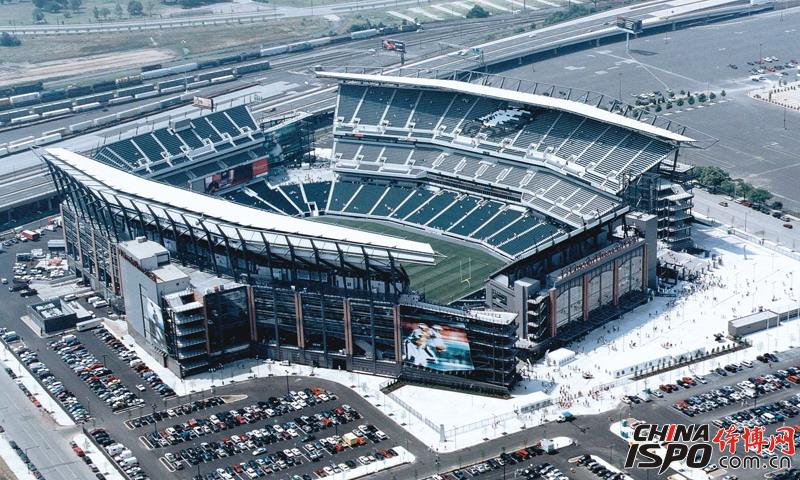
Lincoln Financial Stadium
The stadium has a total of 69,144 more seats than the former Veterans Stadium. Nearly two-thirds of the seats are located on the sidelines of the stadium, about 18 meters from the venue. The two three-tier grandstands are located on the east and west sides of the stadium. There are also some double-level stands outside the Central District. These designs not only narrowed the distance between the audience and the playing field, but also provided the audience with a better line of sight.
According to the original plan, this stadium has installed 2,500 solar panels, 80 vertical wind turbines, and also built a power plant using biomass diesel or natural gas. These facilities are provided by SolarBlue, a renewable energy and energy conservation company in Orlando, Fla., and are estimated to generate more than 1 billion kilowatt hours of electricity in 20 years.
In order to meet the various needs of customers, we have integrated many suppliers and developed many products of office Desk Accessories,such as table top, office partition,Monitor arm,support racket,socket,serpentine tube,foot pad and so on. We have rich experience in project orders. We are committed to providing instant solutions for desks and designing competitive prices for your workplace. So let's work creatively and efficiently with uplift!

Desk Accessories
Desk Accessories,Electric Desk Accessories,Stylish Desk Accessories,Standing Desk Accessories
Suzhou Uplift Intelligent Technology Co., Ltd , https://www.upliftec.com